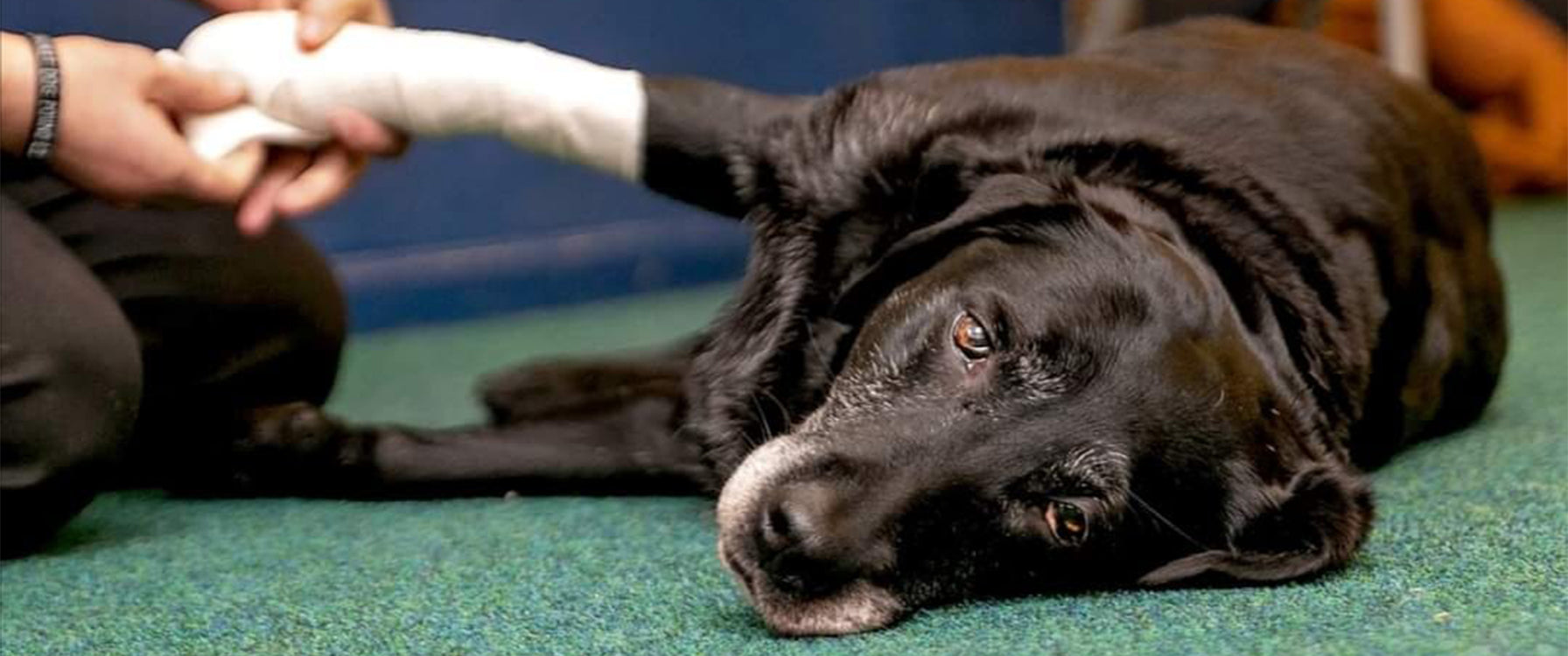

Emergency Canine First Aid
By Rachel Bean from Poorly Paws
Emergency Canine First Aid
By Rachel Bean from Poorly Paws
Rachel Bean has been a qualified veterinary nurse since 2002 and is a partner of Poorly Paws. She creates instructional videos about the Poorly Paws First Aid Kits so that everyone can learn how to use them in the most effective way. Here are her top tips for how to take care of your dog during any adventures...
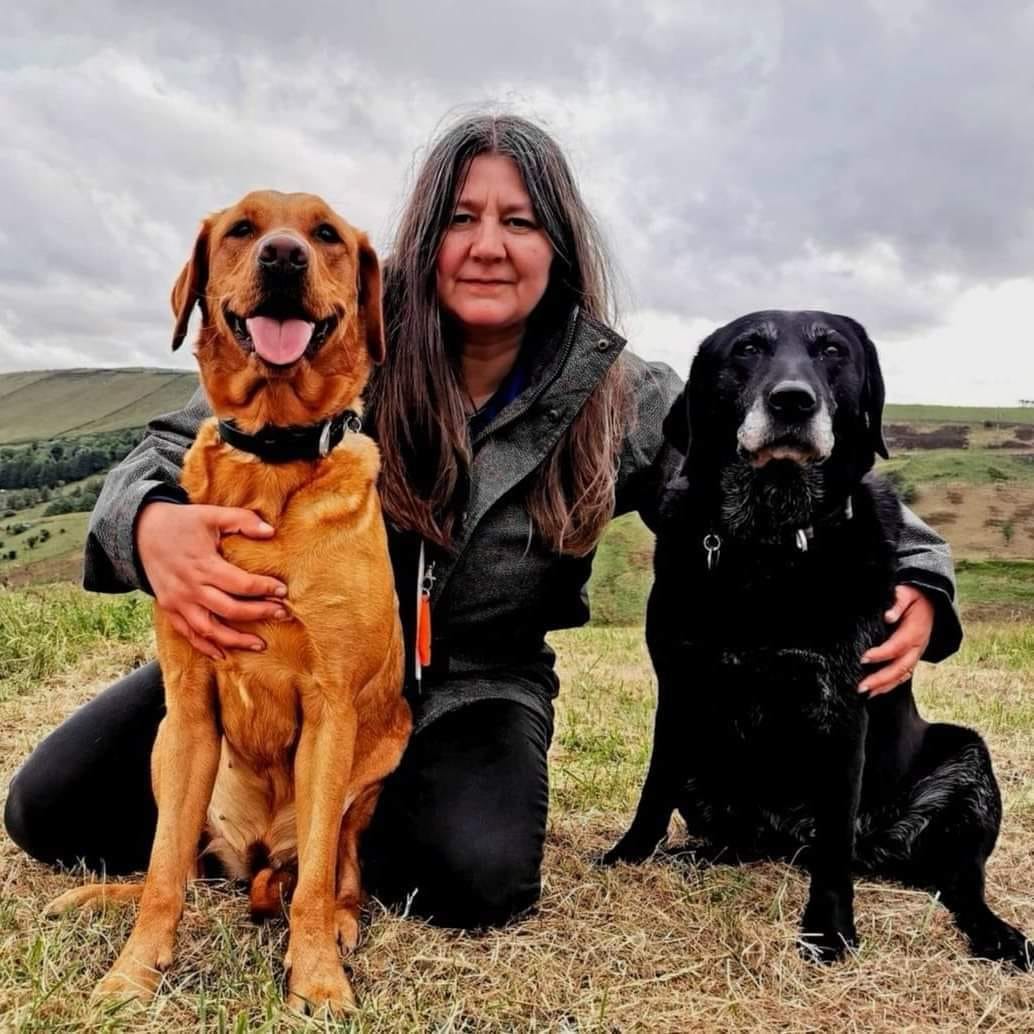
We all love our dogs...
But what would you do if your dog was involved in an accident?
Giving first aid can give a dog precious time before getting veterinary help.
Move the dog out of harm's way
Your first priority at the accident scene is to move the dog out of harm's way. Then notify a Vet of what has happened and that your dog will soon be on its way.
Always have a Vet's telephone number written down or stored in your phone. If the dog is not yours and has identification, try to call the owners to let them know of the accident.
AIRWAY, BREATHING, CIRCULATION – The A,B,C’s of First Aid
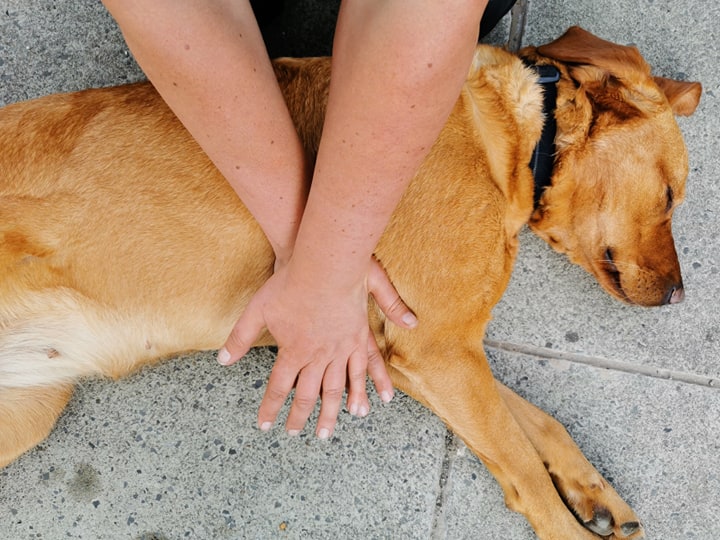
If the dog is unconscious you need to check :
AIRWAY: Take off any collar or harness. Check the dog's tongue as it could be blocking the airways. Place the dog on his side, use your fingers to pull the tongue forward, extend the neck, leaving the tongue out of the side of the mouth.
BREATHING: Check for any breathing, can you see the dog’s chest moving? Can you feel any breath from the nose? If not, you have to prepare to give artificial respirations by closing the dog's mouth with two hands and gently breathe into the nose.
CIRCULATION. Check if the heart is still beating. Feel for the heart beat on your dog’s chest. If the dog is on his side, the heart is where the elbow rests. Check for a pulse by feeling for the femoral artery which lies high up on the inside of the back leg. If no breathing or heart beat is detected then you have to start CPR - Cardiopulmonary Resuscitation. CPR is to manually keep the heart pumping keeping vital oxygen moving to prevent brain death.
To do this you must do 30 chest compressions over the dog's heart behind the elbow directly over the heart - then do two rescue breaths - then repeat the 30 chest compressions.
Keep going until you get to the Vets.
Control any Bleeding
If any bleeding is present, apply direct pressure to the wound to stem the bleeding. Apply a clean cloth or gauze pad to the wound and apply pressure. The bleeding should stop within five minutes. If the bleeding continues apply another bandage on top and apply more layers of bandage, masking tape or duct tape to give enough pressure. Make sure the circulation is not cut off below the wound.
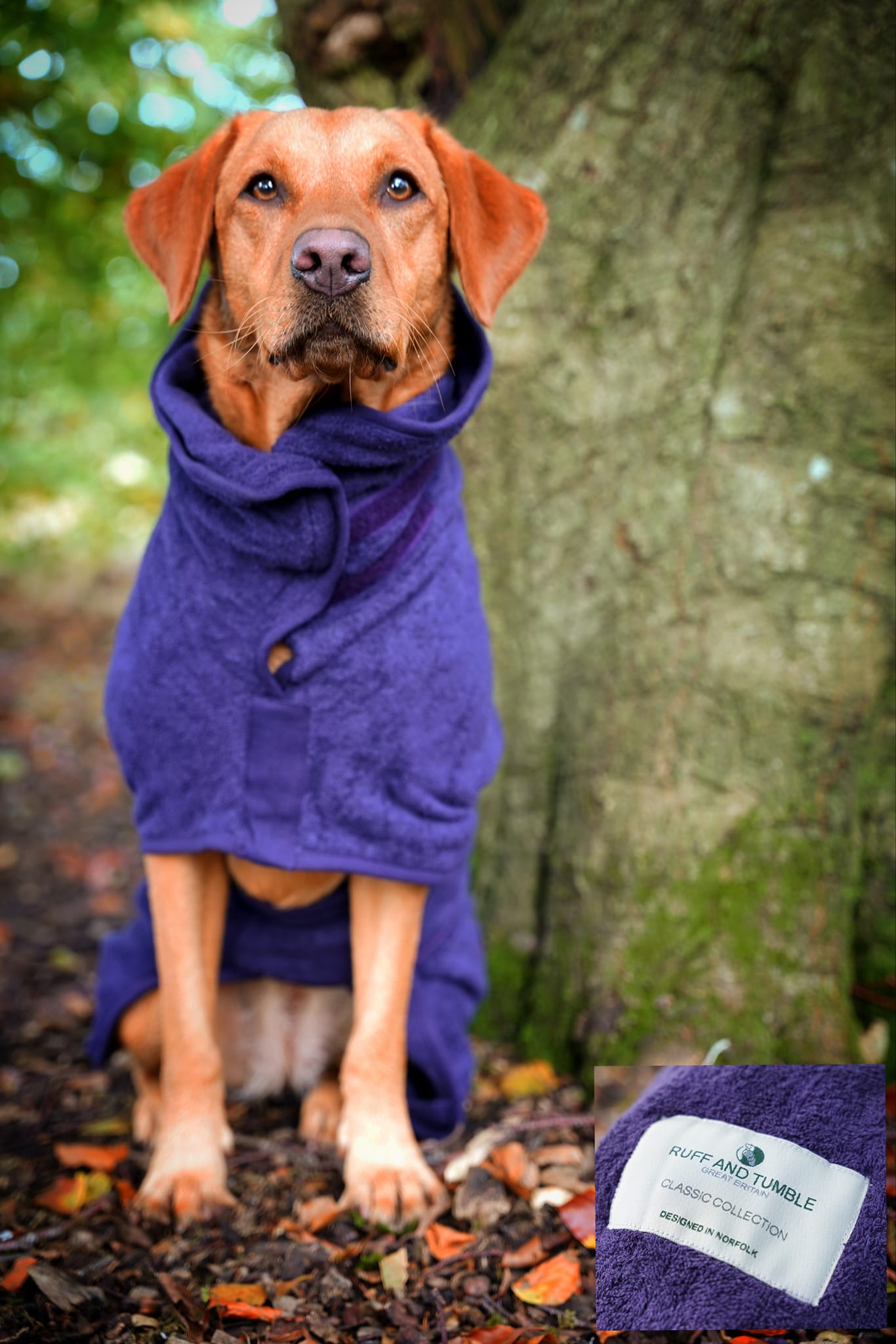
Check for signs of Shock
Shock is serious as flow of blood through the body is reduced limiting the amount of oxygen in the blood. Signs of shock are weakness, pale/grey gums, rapid breathing, reduced consciousness, collapse or convulsions. Wrap the dog up warm and head straight to a Vet.
Ruff and Tumble Dog Drying Coats can work wonders for this purpose - although they're primarily for drying wet dogs, they also do a great job at swaddling and warming nervous dogs. The dog robes are able to be wrapped tightly around the dog and secured with Velcro, and have leg straps to keep the coat in place.
Handling and Restraint
Always remember, a dog in pain might be aggressive!
Care must be taken to ensure that no further damage or distress is caused to the patient. Approach calmly and restrain in a suitable manner.
Small Dogs
If small dogs are injured and trying to bite you, then the safest thing is to cover the dog with a blanket or coat and scoop the dog up safely, making sure you keep the dog at waist height if you can so you do not get bitten in the face area.
Loose Dogs
With loose dogs they may be scared and injured and can be difficult to catch. Make sure you move slowly and gently so you do not trigger a flight instinct, if you do, this will keep the dog in 'flight mode' for some time.
Always have a SLIP LEAD in your kit or your car. These make it easier to make a quick and effective capture. Make sure you have an extra long one as the pet ones can be too short once you have made a loop for catching.
Injured Dogs
If a dog is injured and cannot walk it may try to bite you as you are handling him. It may be useful to use an emergency muzzle. You can use a bandage from your First Aid Kit, a leg from a pair of tights is a good item to put in your kit as they make great muzzles.
Emergency muzzles can take practice as you need to be quick and accurate.
At the Vets
Let the vet's reception know you have arrived letting them handle and transport the dog from the car to the surgery. Give them as much detail of the accident as possible and what injuries you think the dog has sustained.
Rachel Bean is a Qualified Veterinary Nurse and has worked in Veterinary Practice for 27 years. She is working hard to train more Dog Owners, Dog Professionals and Dog friendly businesses to be more knowledgeable in Canine First Aid - If you would like training then contact Rachel at rachelbean@hotmail.co.uk
